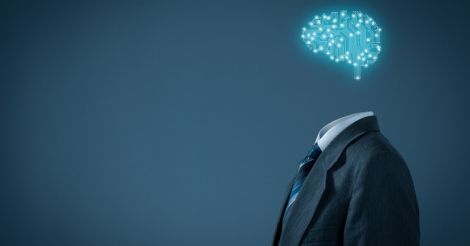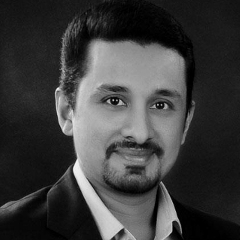It’s incredible just how many medical myths we have about the brain. But the most common of them all is the idea that we only use 10 percent of it. The theory, which is still being repeated in self-help books, often seems to be shared ad nauseam for motivational purposes: if only you could harness that wasted 90 percent, you would surely leave behind those legions of ordinary beings and climb to success. Motivational? Yes. But unfortunately, it holds no water.
A pop psychological concept propagated by self-help gurus, the 10 percent brain theory is so popular that a considerable number of medical students, psychologists, and neuroscientists believe it to be true.
The supporting argument in favor of this myth is that with a mere 2-3 percent of the body weight, the brain consumes over 20 percent of the oxygen we breathe. In the evolution point of view, there is no way such a great amount of energy is squandered.
American psychologist and philosopher William James unwittingly contributed to the propaganda. In one of his books, James had written thus: “I doubt whether an average person achieves more than about 10 percent of their intellectual potential in his lifetime.” Although he was referring to the underdeveloped and unused hidden potentials, the statement was conveniently altered by self-help gurus.
Another inadvertent error that cemented the proposition was by neuroscientists, who termed the association cortex of brain as silent areas. The association areas are parts of the cerebral cortex that do not belong to the primary regions. Association areas of the cortex function to produce a meaningful perceptual experience of the world, enable us to interact effectively and support abstract thinking and language.
Read: Exploring the wilderness of dreams and its hidden meaning
 Representational image
Representational imageAdding to it was the admission by early researchers that they did not know how 90 percent of the brain functioned like.
But the factor which buttressed the hypothesis most was a story that Albert Einstein once explained his own brilliance with reference to the 10 percent brain myth. However, there’s no evidence that proves that the German physicist ever said so.
World famous research scientists and neurologists John Henley from the Mayo Clinic in Rochester and Barry Gordon from Johns Hopkins School of Medicine in Baltimore say that the entire idea of a man using only 10 percent of his brain is a laughable concept.
According to them, the brain is constantly working to control and coordinate the innumerable functions of the body. There may be times when some parts of the brain are not so active. But, there are times when all parts (read 100 percent) are active. Yes, the truth is that we use virtually all of our brain every day.

























 Representational image
Representational image